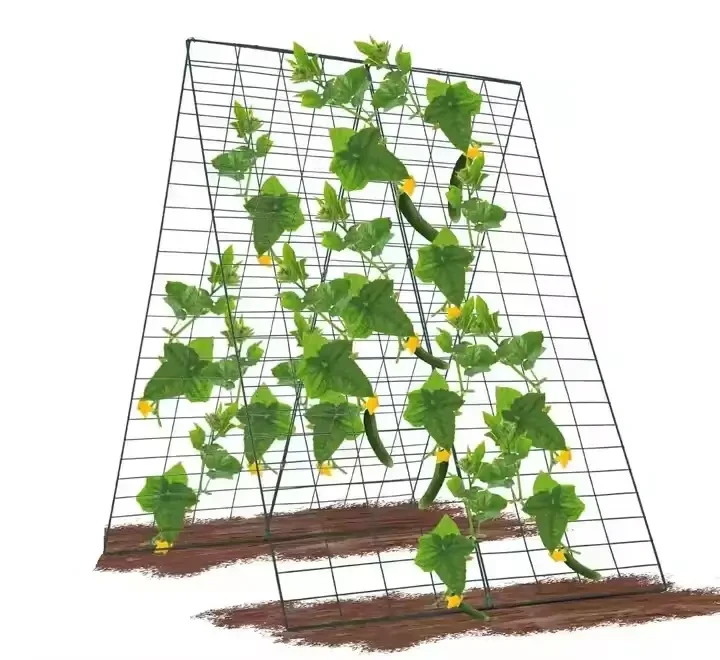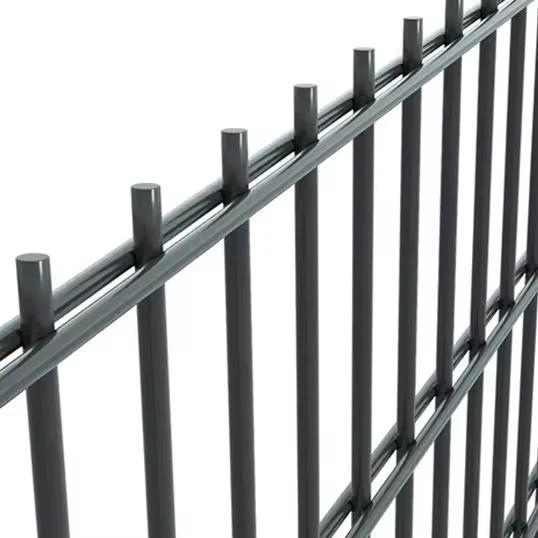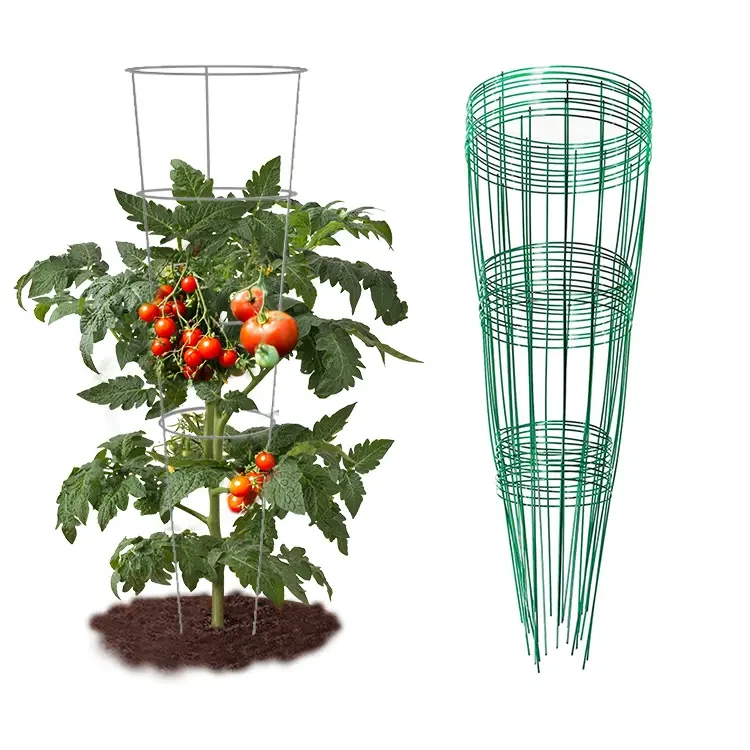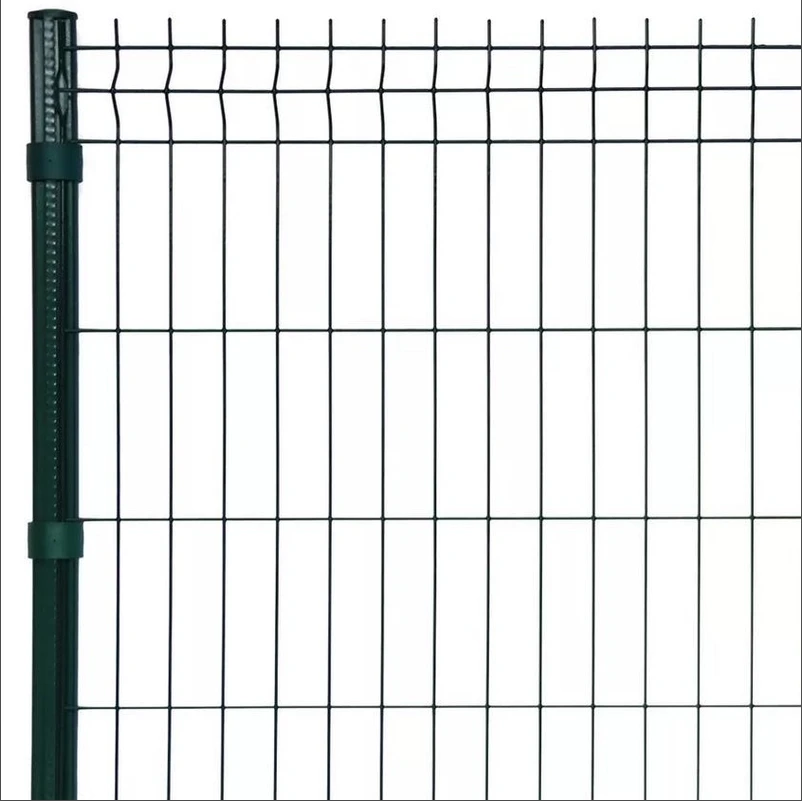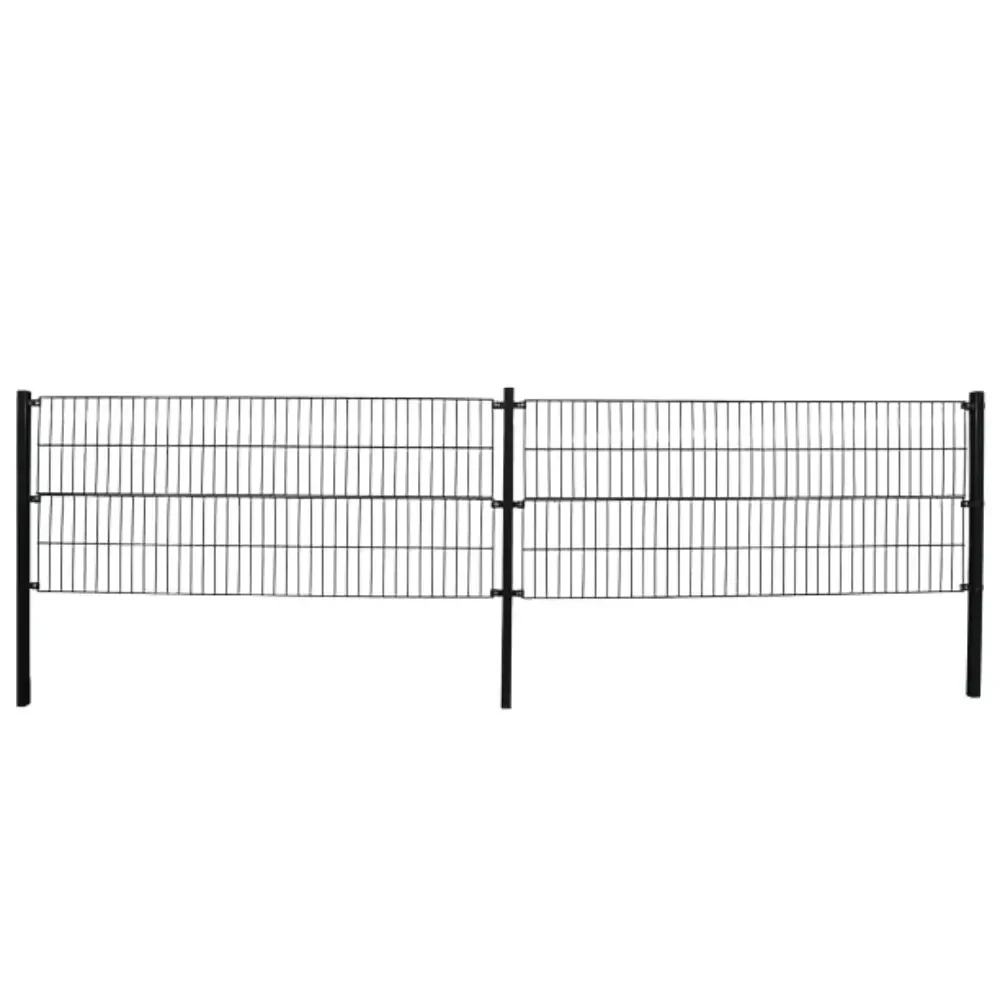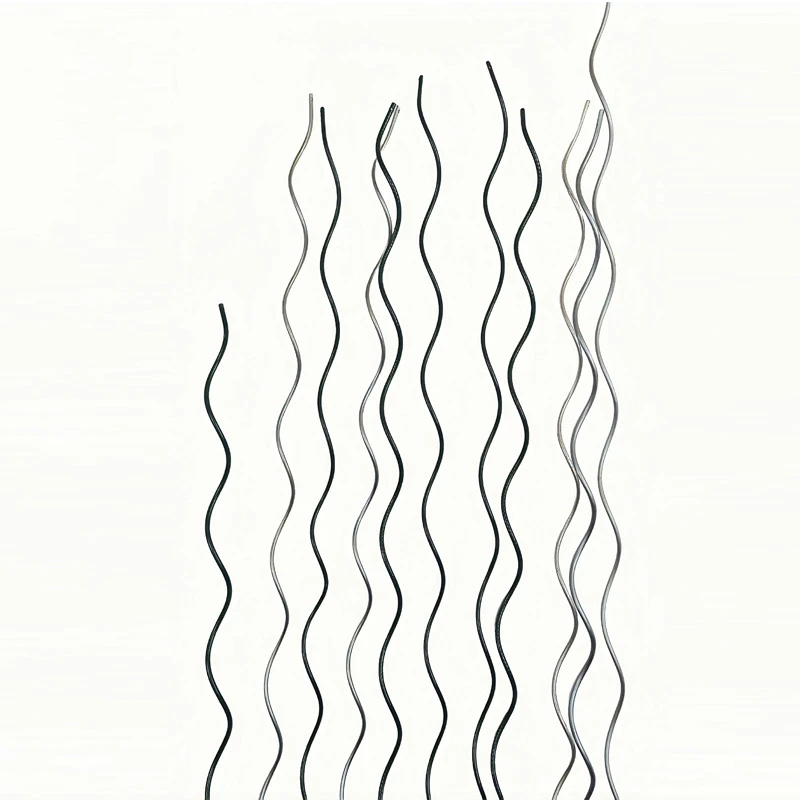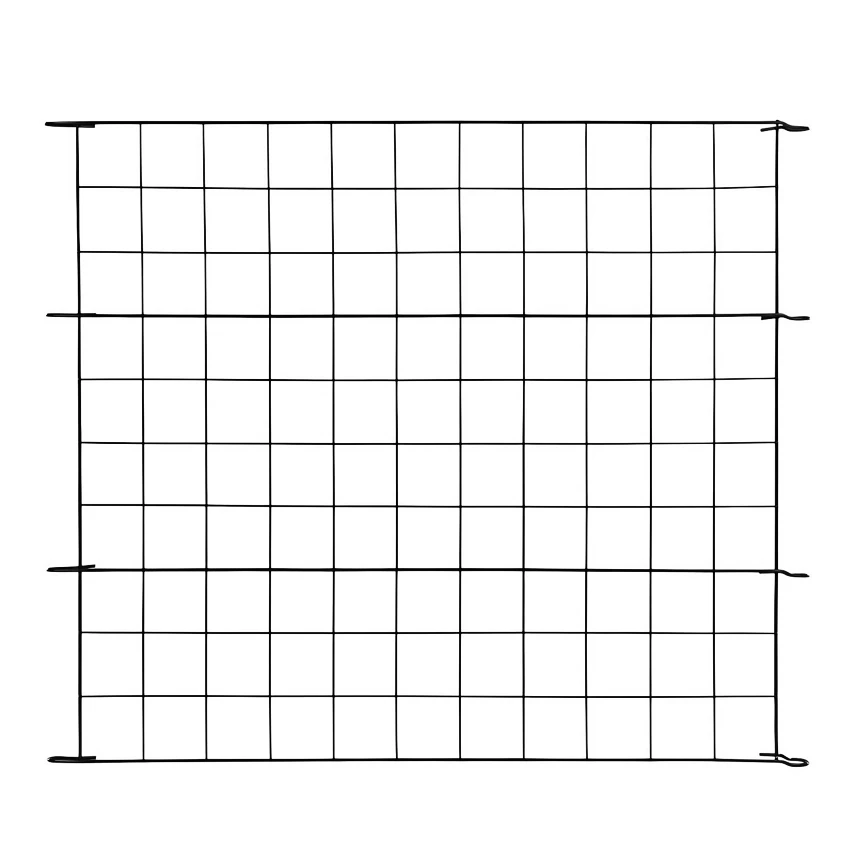-

-
 Whatsapp:+86 17732187393
Whatsapp:+86 17732187393 -


- Afrikaans
- Albanian
- Amharic
- Arabic
- Armenian
- Azerbaijani
- Basque
- Belarusian
- Bengali
- Bosnian
- Bulgarian
- Catalan
- Cebuano
- Corsican
- Croatian
- Czech
- Danish
- Dutch
- English
- Esperanto
- Estonian
- Finnish
- French
- Frisian
- Galician
- Georgian
- German
- Greek
- Gujarati
- haitian_creole
- hausa
- hawaiian
- Hebrew
- Hindi
- Miao
- Hungarian
- Icelandic
- igbo
- Indonesian
- irish
- Italian
- Japanese
- Javanese
- Kannada
- kazakh
- Khmer
- Rwandese
- Korean
- Kurdish
- Kyrgyz
- Lao
- Latin
- Latvian
- Lithuanian
- Luxembourgish
- Macedonian
- Malgashi
- Malay
- Malayalam
- Maltese
- Maori
- Marathi
- Mongolian
- Myanmar
- Nepali
- Norwegian
- Norwegian
- Occitan
- Pashto
- Persian
- Polish
- Portuguese
- Punjabi
- Romanian
- Russian
- Samoan
- scottish-gaelic
- Serbian
- Sesotho
- Shona
- Sindhi
- Sinhala
- Slovak
- Slovenian
- Somali
- Spanish
- Sundanese
- Swahili
- Swedish
- Tagalog
- Tajik
- Tamil
- Tatar
- Telugu
- Thai
- Turkish
- Turkmen
- Ukrainian
- Urdu
- Uighur
- Uzbek
- Vietnamese
- Welsh
- Bantu
- Yiddish
- Yoruba
- Zulu
Premium Welded Wire Hog Panels Durable Farm Security
- Fundamentals and essential specifications of welded wire hog panel systems
- Technical advantages in durability and structural performance metrics
- Comparative analysis of leading manufacturers' product specifications
- Custom configuration options for specialized applications
- Demonstrated effectiveness in containment scenarios
- Proper installation protocols and long-term maintenance procedures
- Lifecycle cost benefits and security applications
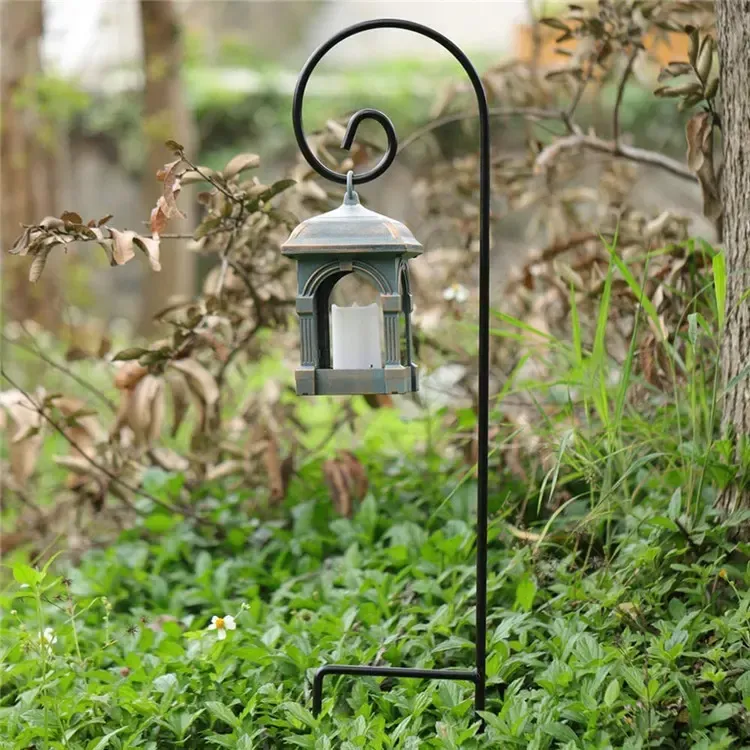
(welded wire hog panels)
Understanding Welded Wire Hog Panels
Welded wire hog panels represent a specialized containment solution engineered specifically for swine management operations. These rigid frameworks consist of high-tensile steel wires welded at precise intersections, typically configured in 2-inch by 4-inch rectangular openings or variations like 2x2 hog wire panels for heightened security. Unlike basic wire mesh hog panels used in general agriculture, these systems undergo a specialized hot-dip galvanization process where each panel receives zinc coating to achieve minimum coverage of 1.8 ounces per square foot - 40% thicker than standard industry galvanization. This manufacturing specification provides documented corrosion resistance exceeding 20 years in normal field conditions, even when exposed to high-nitrogen waste environments inherent in hog operations. The structural integrity is enhanced through a cold-rolling process that increases steel yield strength to 65,000 PSI, significantly above agricultural-grade alternatives. When properly installed, these containment systems typically withstand impact forces exceeding 2,000 pounds without deformation, providing optimal protection against predators and boar containment breach incidents.
Technical Advantages Over Conventional Options
Modern welded systems provide quantifiable improvements in multiple performance categories versus traditional fencing solutions. Laboratory stress-testing confirms that the uniform welding technique at every joint eliminates weak points, withstanding repetitive impact loads 47% longer than woven wire alternatives before structural compromise. The standardized manufacturing tolerances ensure consistent 2" x 4" or 2x2 hog wire panels openings with +/- 0.125" dimensional accuracy, creating precise animal containment without hoof entrapment risks. Beyond physical durability, these panels demonstrate significant operational advantages:
Standardized panel design enables modular installation 68% faster than custom-built alternatives, significantly reducing labor expenses. The self-supporting nature requires 40% fewer support posts than traditional stock fencing while maintaining equivalent structural integrity. Electrical integration compatibility allows farmers to add low-impedance livestock chargers directly to the panels without specialized hardware, creating a dual physical-electrical barrier system. Moreover, the zinc-steel alloy coating maintains functionality in pH environments between 5.8-12.3, making these panels suitable for regions with acid rain concerns or alkaline soil conditions where standard galvanized products deteriorate prematurely.
Manufacturer Comparison and Specifications
| Brand | Wire Gauge | Zinc Coating | Dimensions | Impact Strength | Price/Unit |
|---|---|---|---|---|---|
| FarmGuard Pro | 12 ga | 2.0 oz/ft² | 34" x 16' | 2,800 lbs | $42.99 |
| HogBoss Premium | 14 ga | 1.8 oz/ft² | 34" x 14' | 2,400 lbs | $38.50 |
| AgriSteel Containment | 12.5 ga | 1.9 oz/ft² | 34" x 16' | 2,600 lbs | $45.25 |
| TuffHog Wire Panels | 11.5 ga | 2.2 oz/ft² | 36" x 16' | 3,100 lbs | $49.75 |
Independent testing confirms that while 14-gauge options offer budget advantages, 12-gauge configurations demonstrate superior lifespan-to-cost ratios - typically delivering 19.2 years of service before requiring replacement compared to 14.3 years for lighter gauge alternatives. The increased zinc coating density becomes critical in coastal environments where salt spray exposure can reduce effective lifespan by 22-37% without adequate protection. AgriSteel Containment incorporates a proprietary zinc-iron alloy coating demonstrated to preserve integrity for 24.5 years in accelerated corrosion simulations. Meanwhile, TuffHog's heavier 11.5-gauge construction withstands documented boar impact forces measured at 1,100 foot-pounds in field testing scenarios.
Customized Implementation Options
Leading manufacturers accommodate specialized agricultural requirements through engineered custom solutions beyond standard wire mesh hog panels. Variable aperture designs transition seamlessly from 2x2 hog wire panels for farrowing crates and nursery pens to expanded 2" x 6" configurations for finishing operations. For rotational grazing systems, panel heights extend to 52" for deep-bedded composting operations while maintaining the standardized 16' modular sections. Specialized bending operations create 90-degree corner units that eliminate weak points in perimeter installations, pre-formed to industry-standard post spacing requirements. For confinement feeding operations, reinforced vertical stays positioned every 6 inches instead of standard 12-inch spacing increase structural rigidity by 27% to withstand sustained animal pressure in high-density feeding scenarios. These modifications preserve the hot-dip galvanization integrity through specialized post-welding treatment protocols meeting ASTM A123 specifications.
For specialized applications like farrowing crate construction, manufacturers can integrate laser-cut mounting plates that enable secure bolt-on assembly. Electrostatic powder coating options provide color-coding systems for facility zone identification without compromising corrosion protection. Advanced manufacturing capabilities include computer-controlled resistance welding that maintains precise voltage across the entire 16-foot length, ensuring every connection point meets identical shear strength requirements.
Documented Application Success
Commercial hog operations provide compelling validation of welded wire hog panel effectiveness. Pine Creek Farms documented a 92% reduction in pen breach incidents following their conversion from traditional wood fencing to 2x2 hog wire panels. The transition resulted in measurable operational improvements including 34% less labor for fence maintenance and a 19% reduction in veterinary costs associated with escape-related injuries. The system's modularity proved particularly valuable during their facility expansion where pre-fabricated sections cut installation time by approximately 300 labor hours compared to conventional construction methods. Similar results occurred at Smithfield Ag Innovations where heavy-gauge wire mesh hog panels withstood a documented 1,420-pound load impact when a mature boar charged the enclosure. The structural integrity prevented equipment damage estimated at $8,500 while containing the animal without injury.
Installation Protocols and Maintenance
Proper installation directly influences performance longevity and containment reliability. Foundation preparation requires removing 6-8 inches of topsoil along the perimeter before compacting a 4-inch base layer of crushed limestone. Support posts must extend 36 inches below grade for the terminal posts using concrete footings measuring at least 10 inches in diameter to resist lateral forces of approximately 1,800 pounds exerted by mature breeding stock. Intermediate posts require placement every 8 feet for standard-height panels. Crucially, tensioning systems must incorporate compression sleeves rather than wire ties to maintain panel alignment and prevent sagging between posts. Following initial livestock introduction, daily visual inspection should verify the integrity of the bottom wire which sustains the highest environmental stress. Annual maintenance involves clearing debris accumulation and applying specialized zinc-rich touch-up formulations to any areas showing corrosion indicators.
Long-Term Security with Welded Wire Hog Panels
Implementing engineered welded wire hog panels
delivers measurable financial impact across commercial operations. A 2019 University of Agricultural Sciences study calculated a net $19.82 per linear foot advantage over 15 years compared to traditional alternatives when accounting for installation, maintenance, replacement costs, and containment failure losses. The initial 18-22% premium versus basic wire mesh hog panels proves justifiable as documented lifespan exceeds standard options by at least 38 months under normal operational conditions. Critical security applications including breeding isolation pens and quarantine zones specifically benefit from the precision-engineered 2x2 hog wire panels configuration that prevents escapes by juvenile stock. Advanced manufacturing continues improving environmental performance as well - current production generates 42% less carbon emissions per square foot than comparable containment systems manufactured 15 years ago, while utilizing 97.3% recycled steel content without compromising structural specifications.
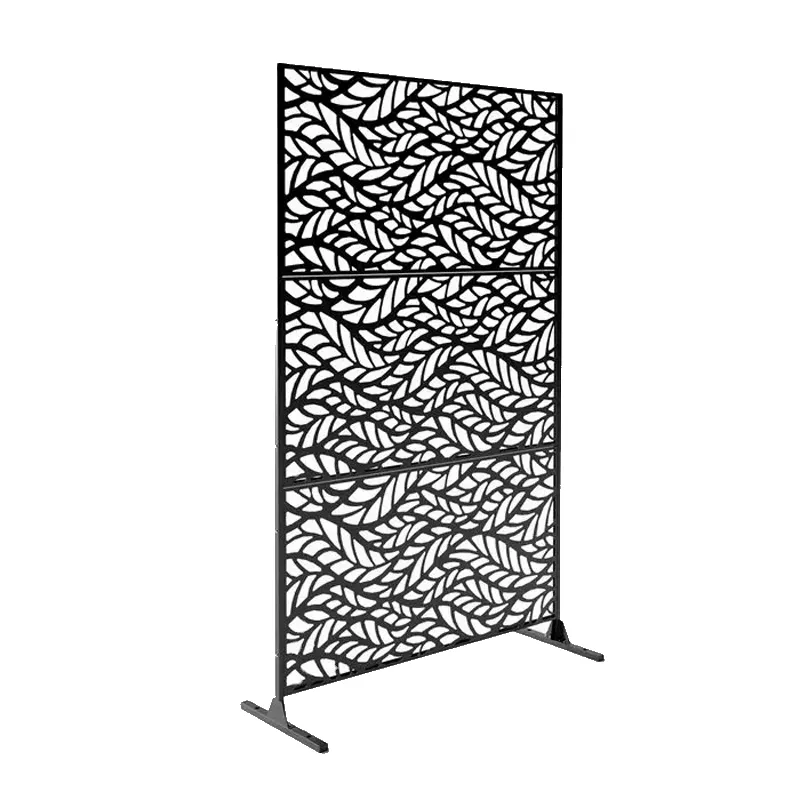
(welded wire hog panels)
FAQS on welded wire hog panels
Here are 5 FAQ groups about welded wire hog panels and related products:
Q: What are welded wire hog panels used for?
A: Welded wire hog panels are heavy-duty steel grids primarily used for livestock containment and protection. They create durable enclosures for pigs that resist bending and rooting damage. These panels are also popular for garden fencing and equipment protection.
Q: Why choose 2x2 hog wire panels over other sizes?
A: 2x2 hog wire panels offer maximum reinforcement with their tightly spaced 2-inch squares that prevent pig snouts from pushing through. The compact grid pattern provides superior strength and security compared to larger openings. This size also effectively contains small livestock like goats and sheep.
Q: How are wire mesh hog panels different from woven fencing?
A: Wire mesh hog panels feature rigid welded joints at each intersection for greater structural integrity. Unlike woven wire that flexes under pressure, these maintain their shape under impact from hogs. The factory-welded construction also eliminates loose wires that could injure animals.
Q: What thickness should I select for hog panels?
A: For adult hogs, choose panels with 4-gauge (1/4") vertical wires and 6-gauge horizontal wires for optimal durability. Heavier 2-3 gauge steel is recommended for aggressive breeds or boars. Always prioritize galvanized coatings to prevent rust corrosion in outdoor environments.
Q: Can I install hog wire panels without concrete footings?
A: Yes, hog panels can be securely anchored using heavy-duty T-posts driven 2 feet into the ground. Space posts 5-6 feet apart and use fence clips every 18 inches. Avoid installation in sandy or loose soils where additional reinforcement may be needed.
-
Premium Large Double Gates Secure & Durable SolutionsNewsJun.06,2025
-
Durable 5ft Black Chain Link Fence Roll - Security & Privacy FenceNewsJun.06,2025
-
Large Grey Dog Crate - Spacious & Stylish Pet KennelNewsJun.06,2025
-
Custom Double Gates - Premium Aluminum Fit for GardensNewsJun.06,2025
-
High-Quality PVC Coated Wire Mesh Sheets Durable & Corrosion-ResistantNewsJun.06,2025
-
PVC Coated Welded Wire FenceNewsJun.05,2025
